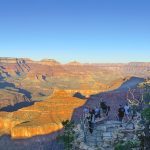
Reporter’s Notebook | Diné journalism is an experience unknown to most
To check off a requirement to graduate from Arizona State University in the Walter Cronkite School of Journalism led to having once-in-a-lifetime experiences in my own home.
Over lunch one afternoon, I had mentioned to my mom I needed an internship with a newspaper to graduate and she said, “Why not Navajo Times?”
I said, “Maybe.” The idea of interning had scared me but next thing I knew, after a couple texts with former CEO/Publisher Tom Arviso Jr. and Editor Krista Allen, I was outside the Super Bowl LVII covering a protest.
I remember feeling a rush of adrenaline and it felt good. Ten months later, that rush of adrenaline continues when I write stories.
I enjoy every second of driving across the reservation, talking with new people who have a story to share and making sure I always have a sugar free Red Bull on hand.
As a student at ASU, the journalism I am taught is far from what I’ve experienced at the Navajo Times. They don’t teach you to write in Navajo, speak Navajo, be respectful in a traditional way or where and how to drive on the reservation.
That is what I see in Diné journalism. Making sure I grab clans to identify a person, using Navajo names for places instead of English names or using what knowledge I have of traditions growing up.
Before each visit to the president’s office, rallies, or protests, interviewing controversial people or writing about deaths, I use my bitter powder. When I’m extremely stressed with school, writing and my personal life, I get blessings done for my health and safety. Journalism school doesn’t teach that. Those are lessons learned out on the road somewhere in Dinétah.
As a Diné journalist, I’ve lied under the stars sleeping in a tent pitched for the night, slept in my car in a canyon or simply stayed up watching the yé’ii bicheii dances, waiting for interviews or to cover a story.
I’ve written stories for my classes at ASU where the interviews are done in coffee shops or on quiet streets of the city, but my favorite interview was with Gene Shepherd from Rocky Ridge, Arizona.
I had been given directions to interview another trail rider heading to Ééhániih Day from Kayenta. The directions were to look for him on the side of the road leaving Monument Valley on a horse.
After five hours of cruising sand dunes in my Kia Soul, I wanted to give up until I saw a group of trail riders off the road settling in for the night. Among the group was Shepherd who didn’t know I was with Navajo Times but told me stories after stories of riding while it drizzled in front of Navajo Mountain. Shepherd is my older brother by clan, and I cherished every moment of being able to hear traditional stories through k’é.
Mainstream journalism doesn’t talk about k’é. Respectfully, I share my clans and where I’m from with people I interview to establish k’é because I was taught growing up to do so.
One trip I had taken back home was with a graduate student at my same journalism school who is from Oklahoma. I had laid out my story list, who I needed to interview, who I already interviewed and where I needed to drive for the interviews.
She wasn’t used to the three to four drives across state lines, running on Red Bull and listening to only Navajo and then translating everything afterward.
After our weekend together, she told me she hadn’t worked for a newspaper where the stories take them off the main roads, families share all stories they know or getting to see a sheep butchered by pageant contestants.
After finishing my stories, whether I camped or stayed with relatives, my drive back to the city is bittersweet. Sometimes I’d leave home and be back in Phoenix right before class starts. My boots are muddy, my hair is greasy and I either smell like smoke or sheep, but I’d be so happy looking back at pictures I had taken.
I’ve loved every second of being with Navajo Times. I want to continue learning the reservation roads like the back of my hand and advancing my Navajo speaking skills so I can better my reporting skills for Diné Binaaltsoos.

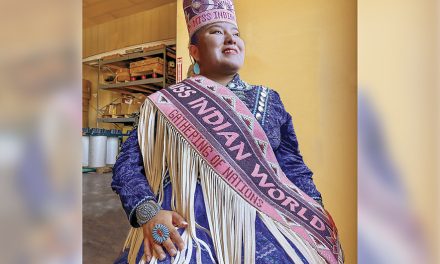
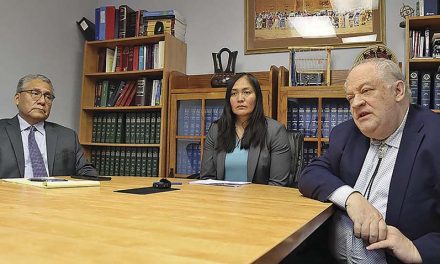
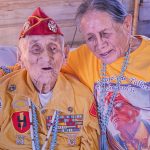
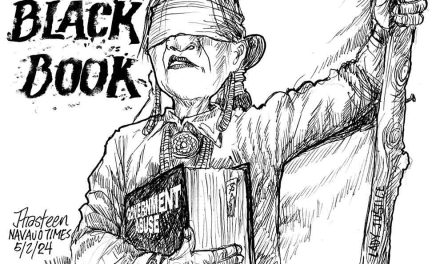



 Highway 264,
Highway 264, I-40, WB @ Winslow
I-40, WB @ Winslow